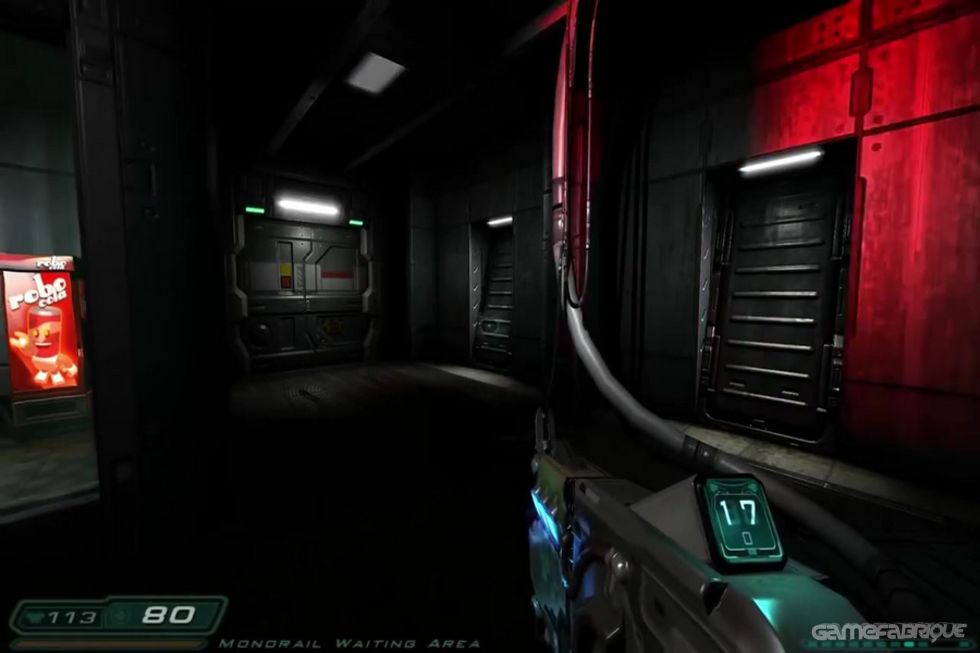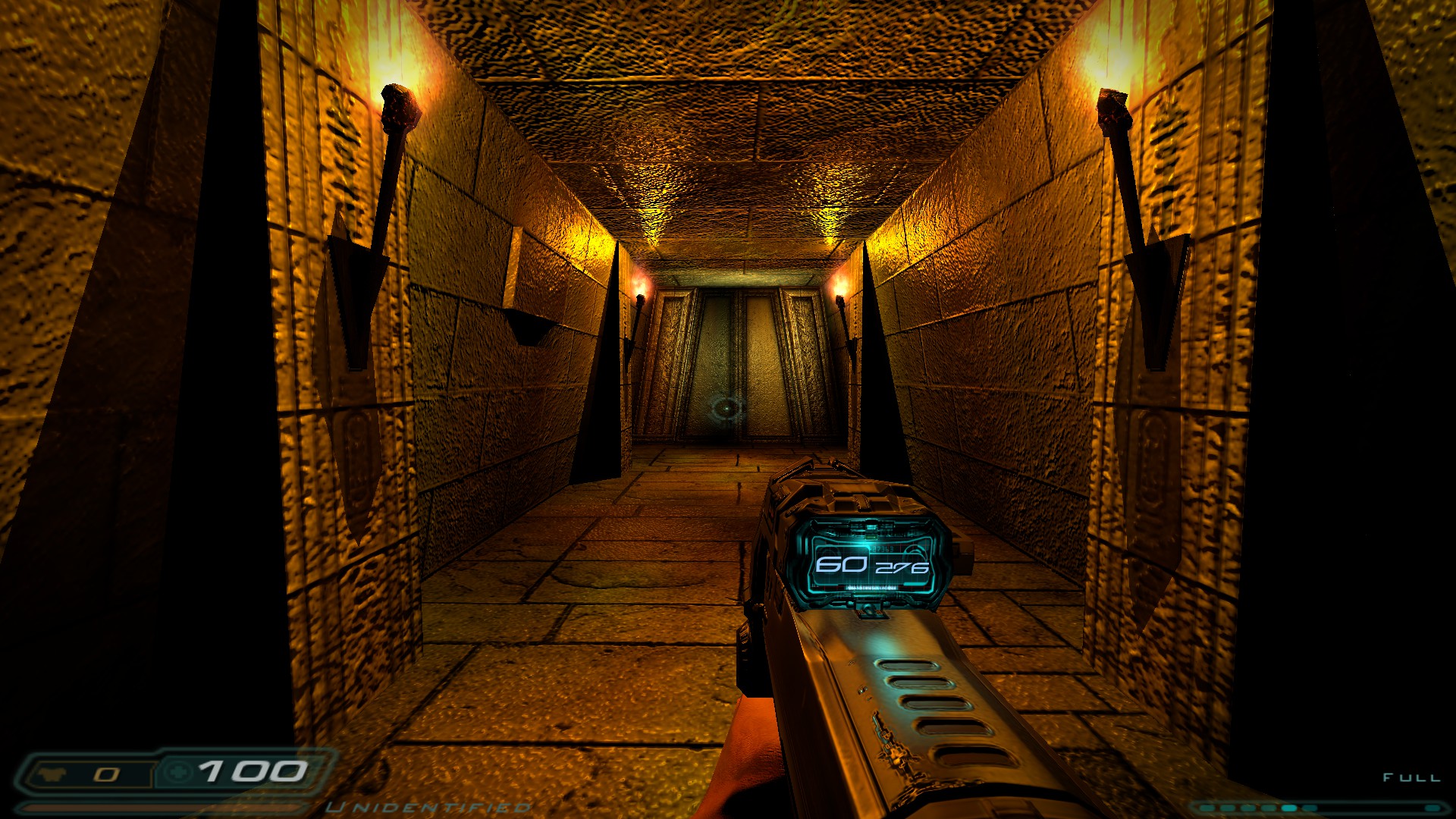

The last Linux Doom binaries were provided by id Software on October 13, 1996, through the company's ftp-server.

In addition to an adjustable viewport, it supports rendering at low or high resolutions, and allows network play over AppleTalk as well as IPX.ĭoom was ported to Linux by id Software programmer Dave Taylor in 1994. Although it can run in Classic under Mac OS X on Power Macs, or through SheepShaver on Intel Macs running Snow Leopard or newer Panther and Tiger cause graphic artifacts due to the later version of Classic having a double-buffered screen. The Mac version runs on System 7 through Mac OS 9 and requires a 68040 or PowerPC processor. The Ultimate Doom, Doom II, and Final Doom were ported by Lion Entertainment and released by GT Interactive using a Mac OS launcher application to run original PC WADs. macOS ĭoom for Mac was released on November 4, 1994. The distribution contained two versions: one for regular X11, and another for Sun DGA. In the readme, the port is credited to "Dave Taylor and the rest of the folks at id Software". No effort was made to take advantage of SGI's advanced graphics hardware, and like many other ports the game was rendered entirely in software rendering mode.ĭoom was ported to Solaris in late 1994, and was designed to run with game files from Doom 1.8.

IRIX Doom was originally based on the unreleased MS-DOS version 1.5, though later updates were based on versions 1.6 and 1.8. IRIX ĭoom was ported to IRIX during the summer of 1994 by Dave D. A successful version was demoed in 1994 running in an OS/2 PM window. OS/2 ĭoom was ported to OS/2 by an independent contractor, Jim Thomas, who was hired by IBM to port it and SimCity.

The version running on NeXT is programmed by John Carmack, John Romero, and Dave Taylor. With NeXT-Step based on i486 architecture, it ran smoothly under all conditions up to screen sizes of 400% with newer hardware. This version is sluggish on anything below an 040 NeXTstation/cube (though it runs smoother with a higher amount of memory), and is missing sound, which was added on the PC side. This was the version that the MS-DOS product emerged from, since, at the time, id Software was using a NeXTcube for its graphic-engine development.


 0 kommentar(er)
0 kommentar(er)
